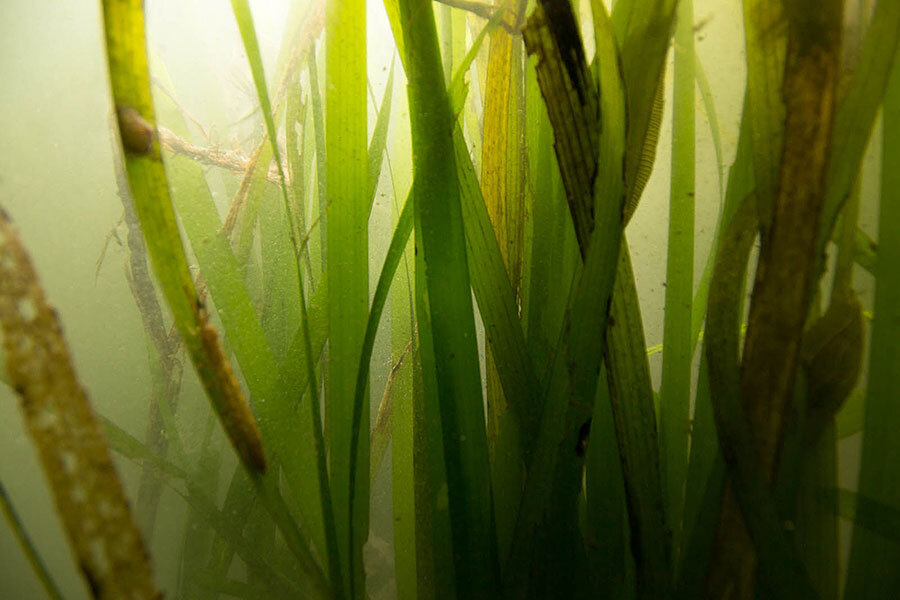As ocean acidification threatens the West Coast, a quest to stop it
Loading...
Urgent action must be taken to avoid devastating consequences to the North American West Coast as a result of global carbon dioxide emissions, a panel of scientific experts has warned.
The panel, which convened in 2013 and reported its findings Monday, found that “permanent and alarming changes” were impacting ocean chemistry along the West Coast, and a coordinated regional management strategy would be required to counter the threat.
A crucial characteristic of this report is that it was commissioned by decisionmakers, who approached the scientific community and asked for their insight, and, in that spirit, the report comes with warnings, but also outlines solutions.
“When we went into this, the last thing we wanted was another report from 20 scientists about something bad happening to the world’s oceans,” says the panel’s co-chair, Francis Chan of Oregon State University, in a telephone interview with The Christian Science Monitor.
“This is an incredible opportunity for science: we have a seat at the table, so let’s make the most of it.”
What, exactly, is happening that requires such immediate action?
As human activities pump ever-greater quantities of carbon dioxide into the atmosphere, our ocean waters absorb that gas, which results in ocean acidification.
Burning fossil fuels – as well as agricultural runoff and wastewater treatment effluent – can also cause “hypoxia”, defined as “low or depleted oxygen in a water body”.
The North American West Coast is particularly exposed to rising levels of seawater acidity due to the operation of ocean currents.
In contemplating the effects of ocean acidification, Dr. Chan explains that, if we do nothing, there will still be ecosystems in the future, but “they might not be the kind we would prefer”.
“The scenario is that we’ll see a food web that’s radically different to today’s, and it won’t be able to support the kind of fish we value as a society,” says Chan.
Take sea butterflies, a kind of swimming snail: some of the panelists working with these creatures in Washington state see their shells dissolving as the waters become more acidic. If nothing changes, they will likely not survive.
Leaving aside whether sea butterflies deserve protection in their own right, it turns out they provide humans an invaluable service, by feeding salmon and a host of other fish that humans, in turn, consume.
And what of the proposals presented by the scientists, should policy makers decide that action needs to be taken?
“The number of solutions we have to combat ocean acidification is directly proportional to the amount of knowledge we have,” says Chan. “The recommendations we have put forward are really about growing that knowledge so we can grow our tools.”
An example is the planting of seagrass, an organism with “amazing properties”: this plant absorbs carbon dioxide, uses it to produce more seagrass and changes the very chemistry of the water around it, reducing the impact of ocean acidification.
Yet even this solution, which Chan rates as having a high chance of success, may not work everywhere. Every stretch of coastline, every kind of habitat, may respond best to different treatments: there is no one silver bullet.
But Chan remains “very optimistic”.
“What’s really kept us going is the receptivity of the decisionmakers at the state level,” says the professor. “The governor has a clear interest in working with us, and legislators also want to know, ‘What are the things we can do, right now?’.”






